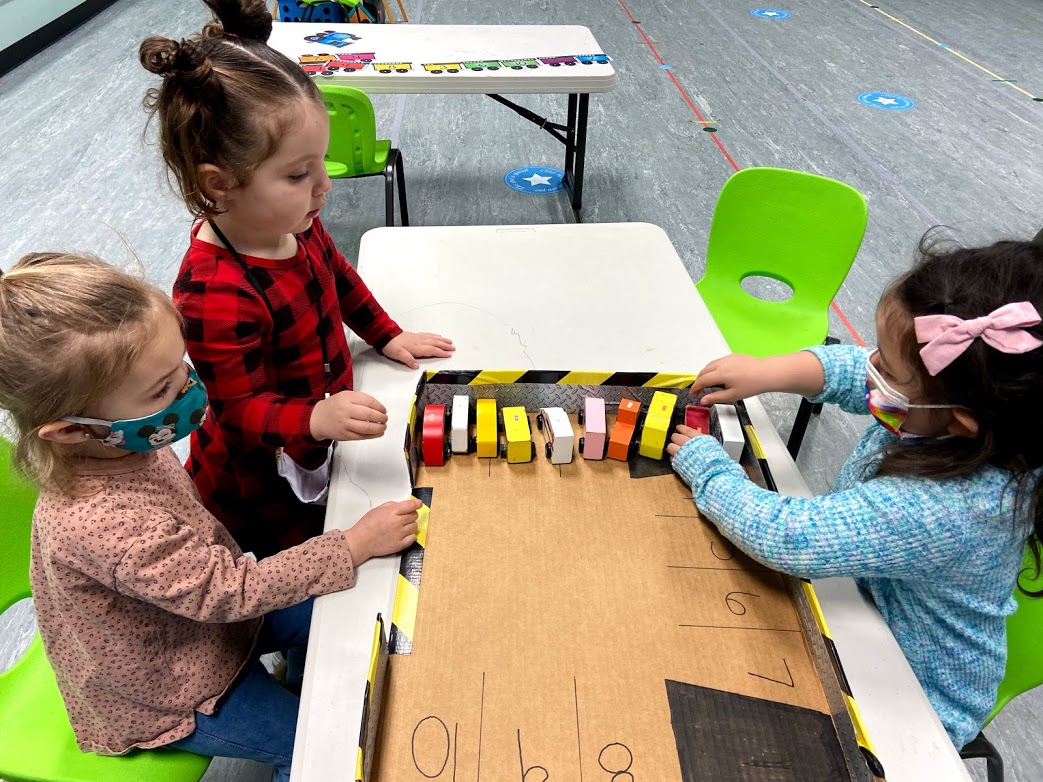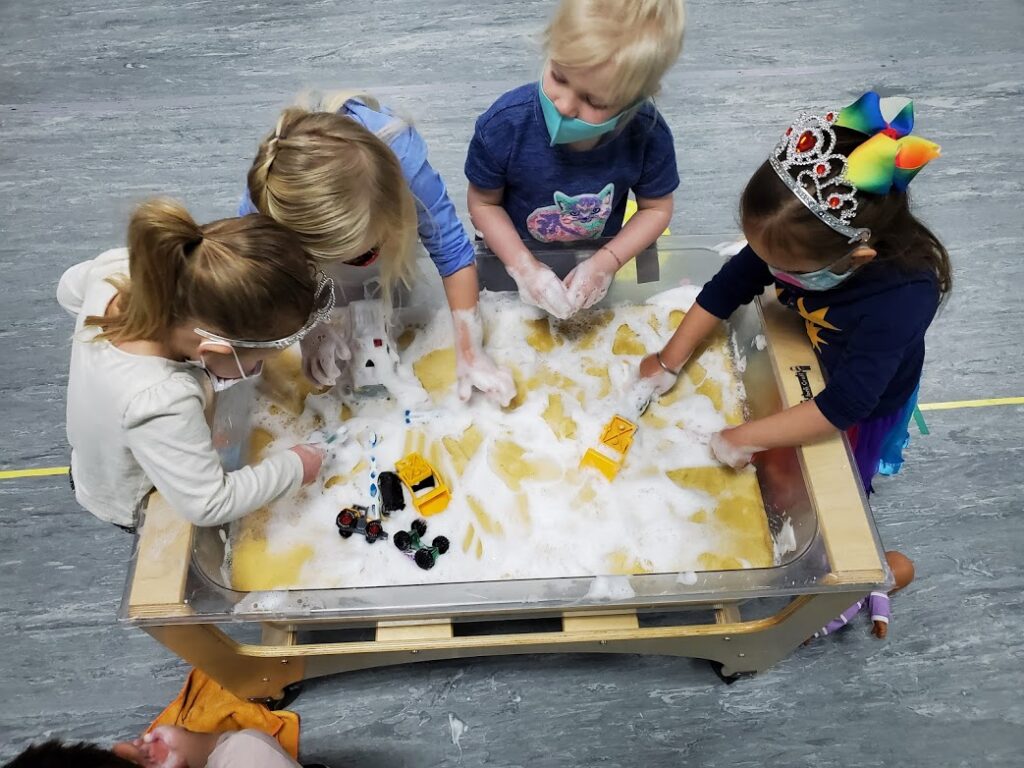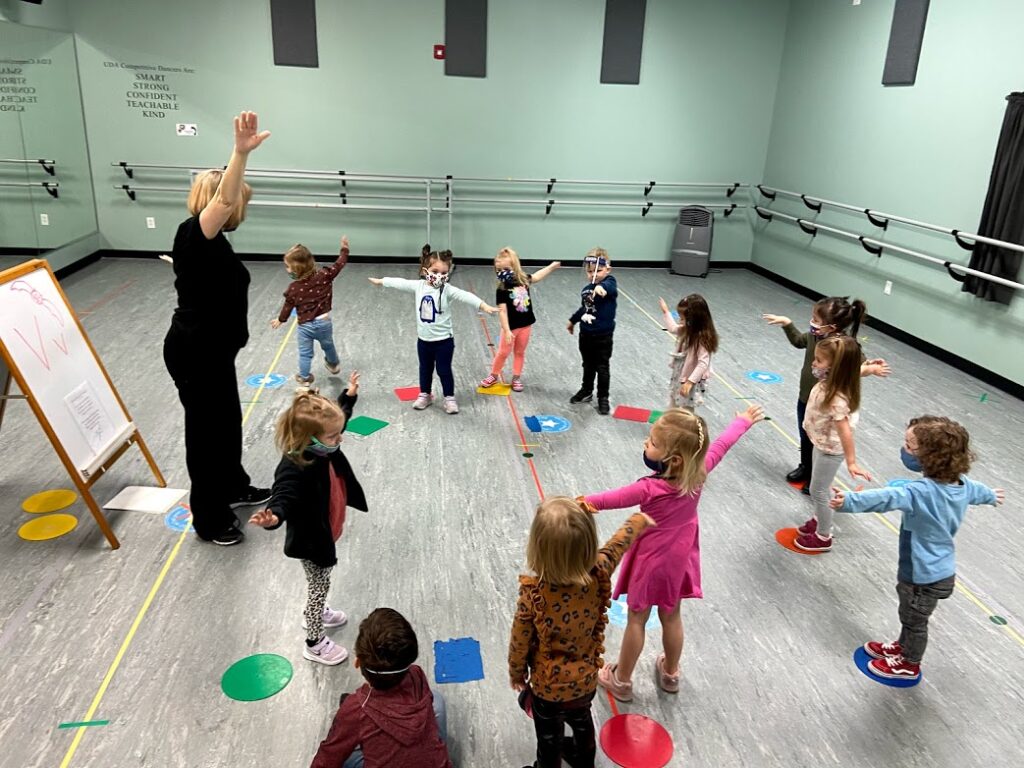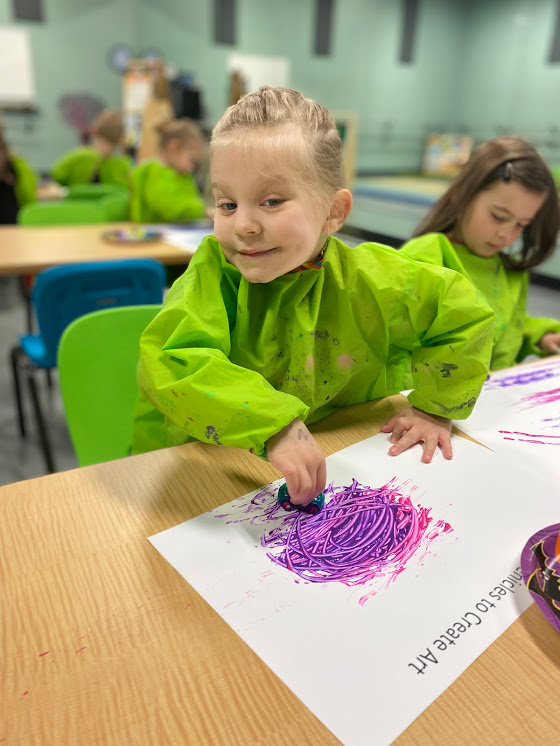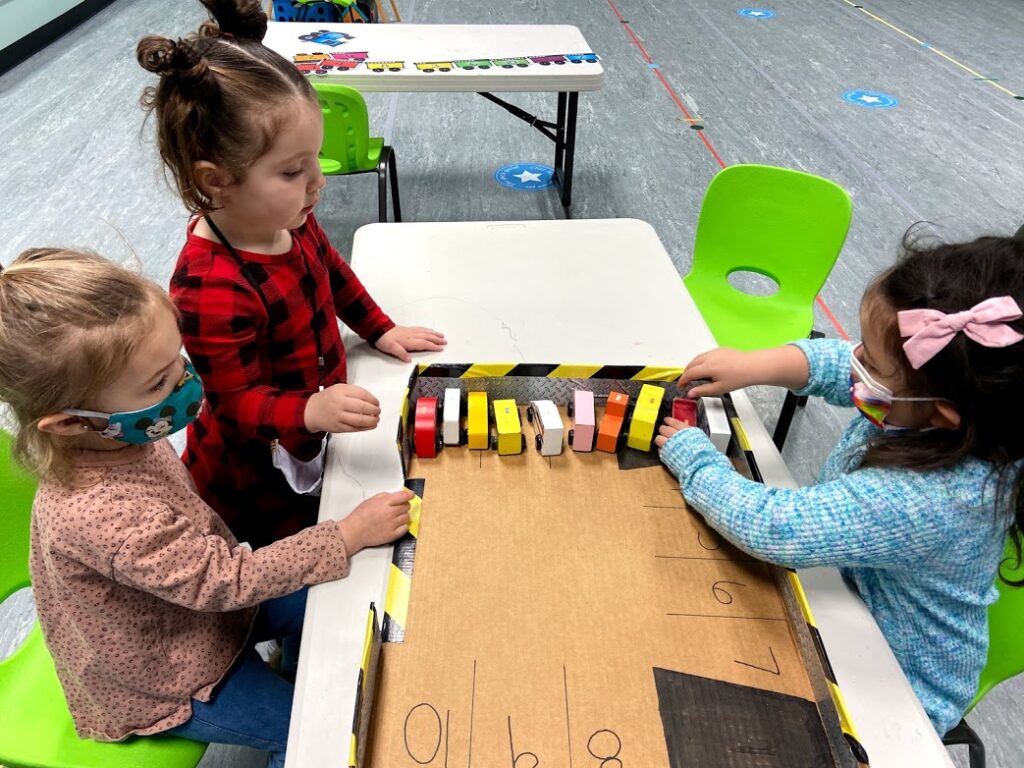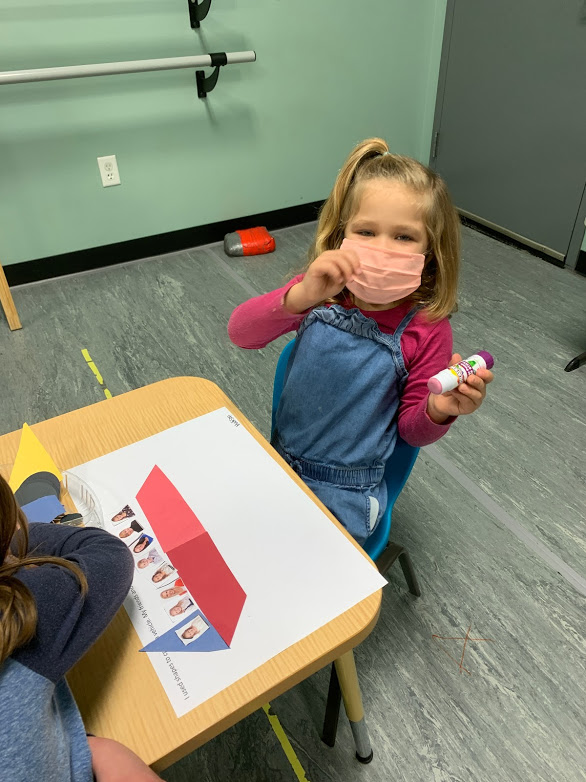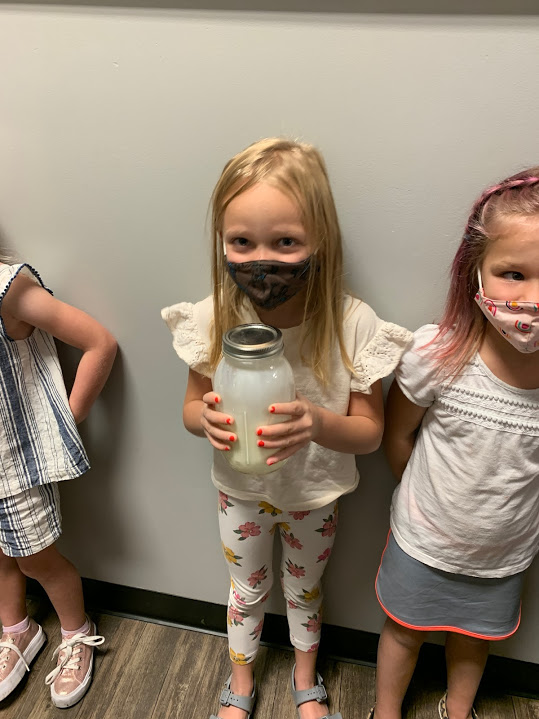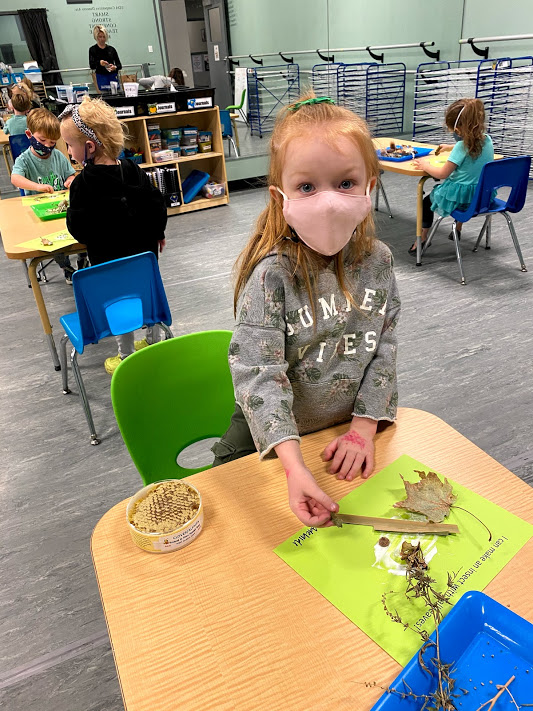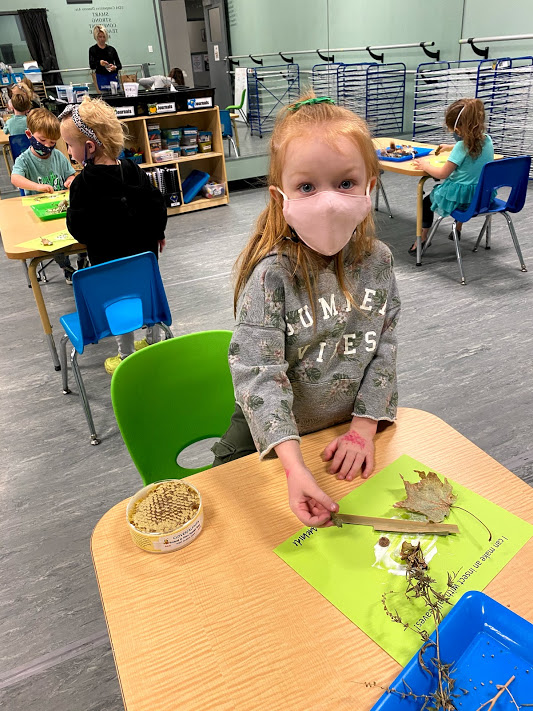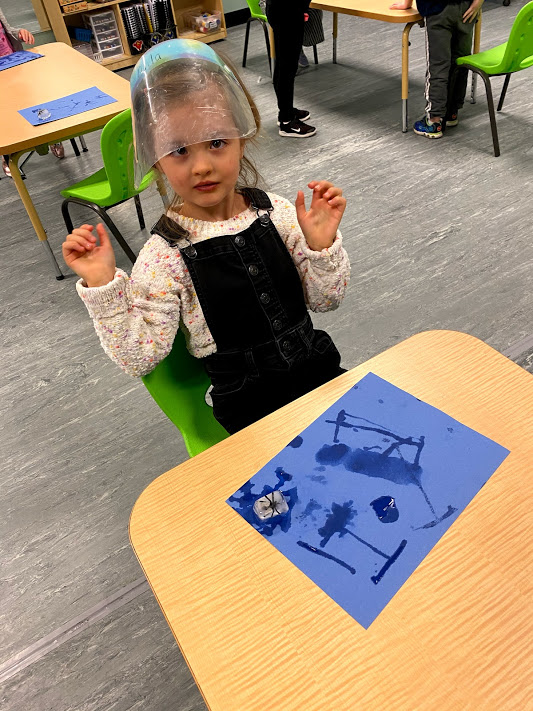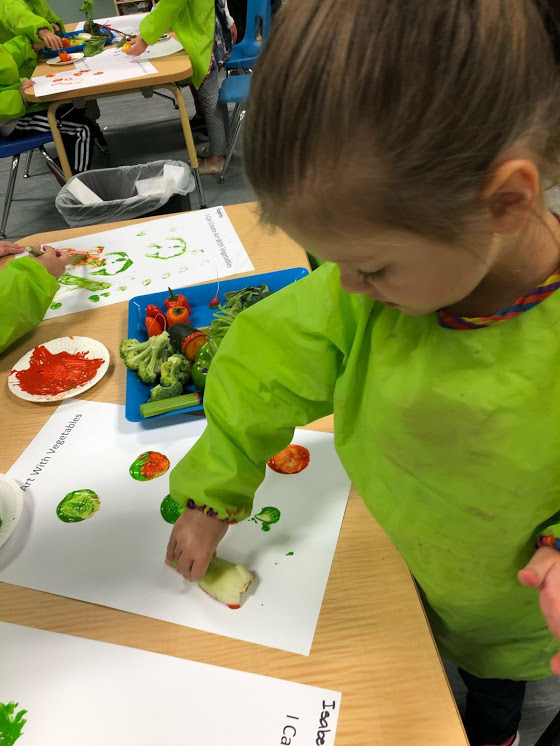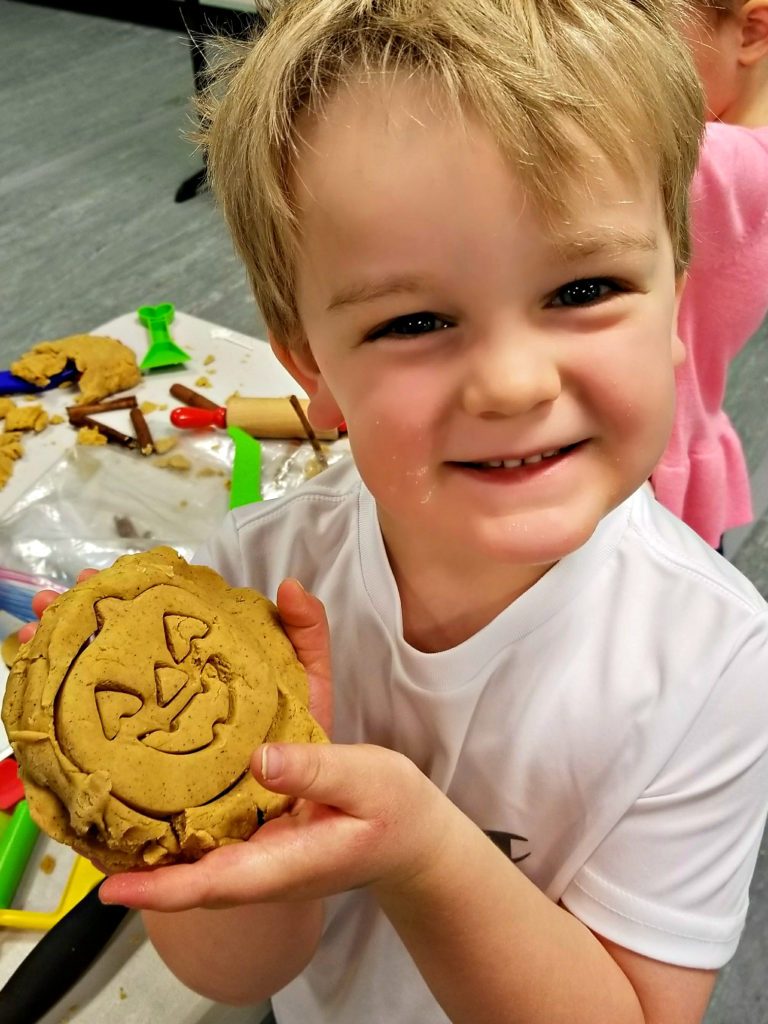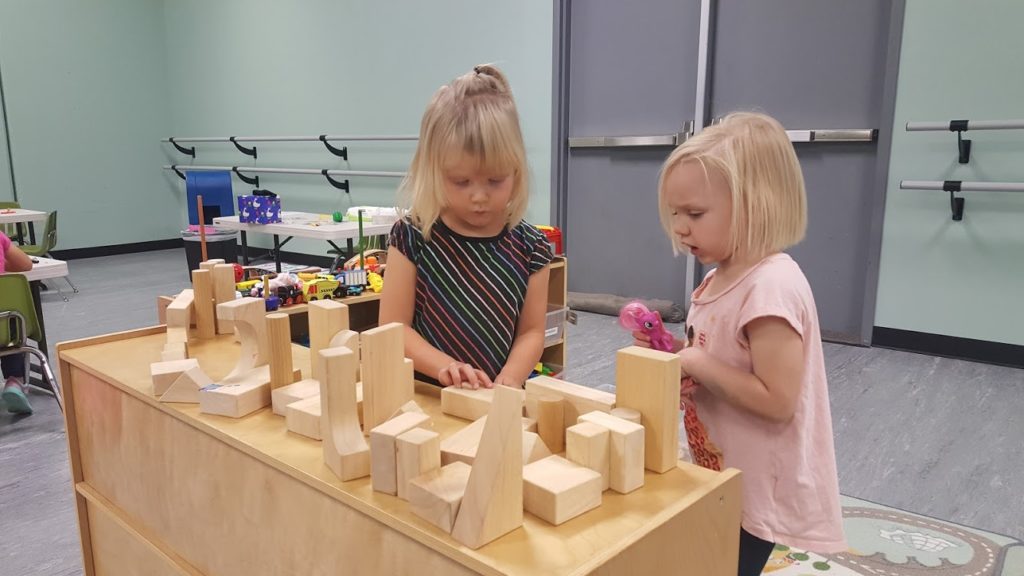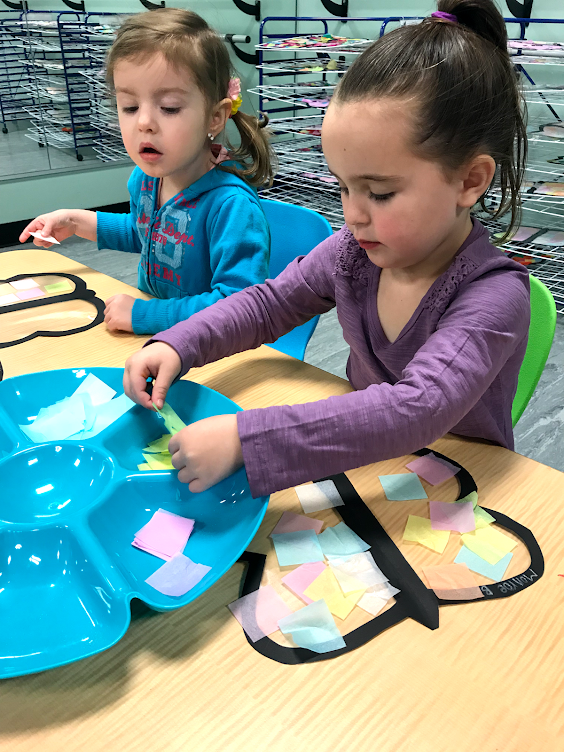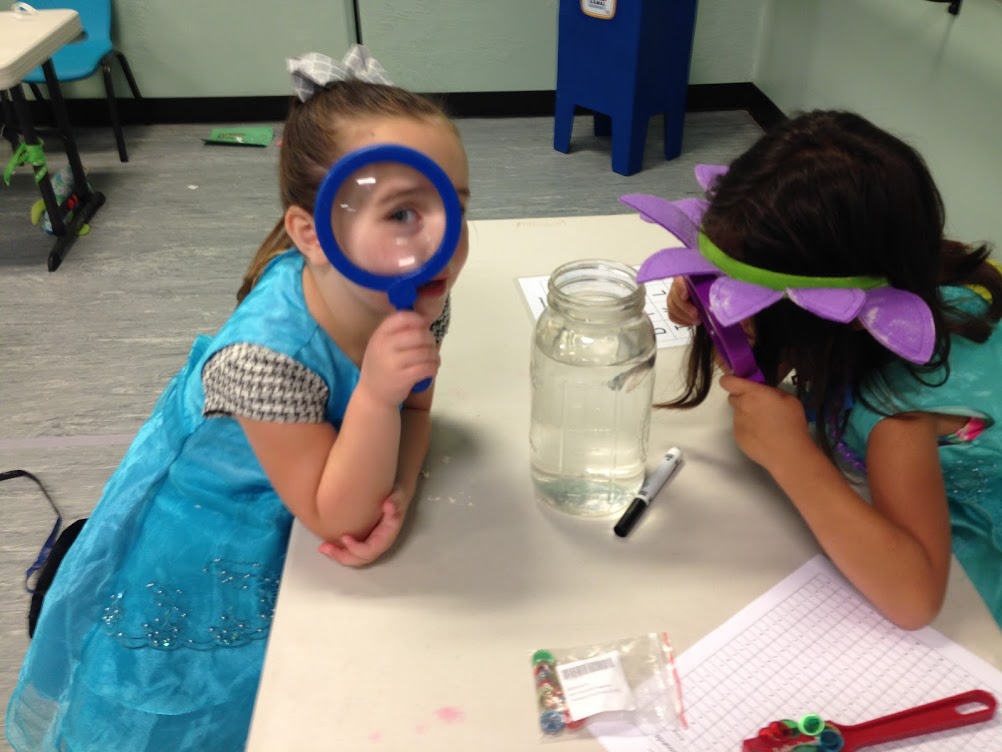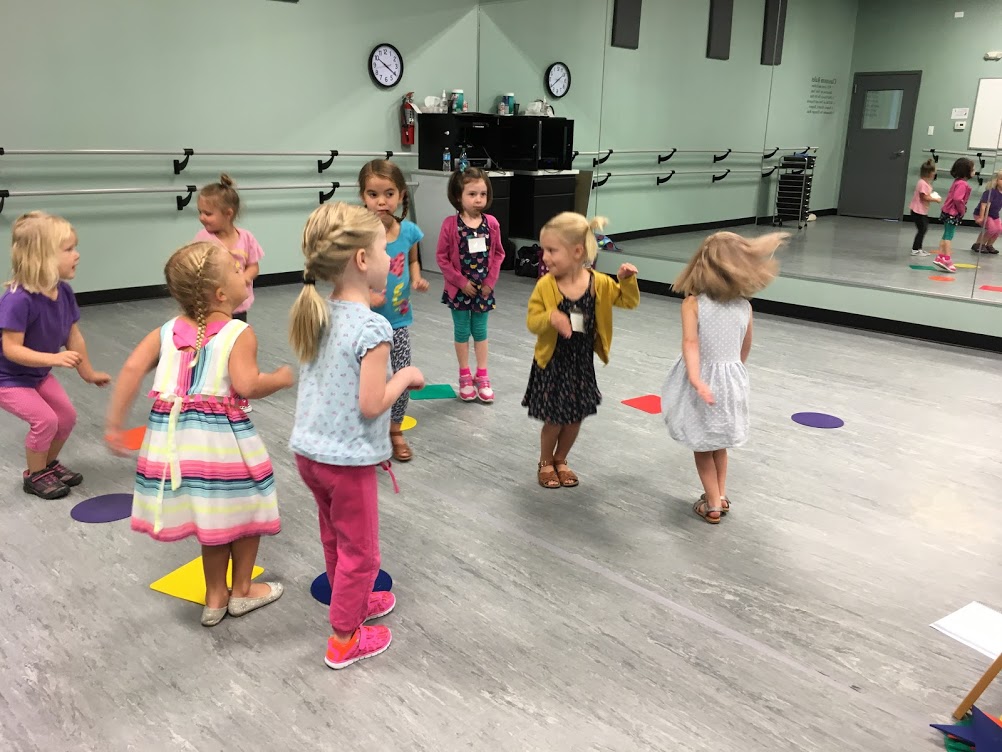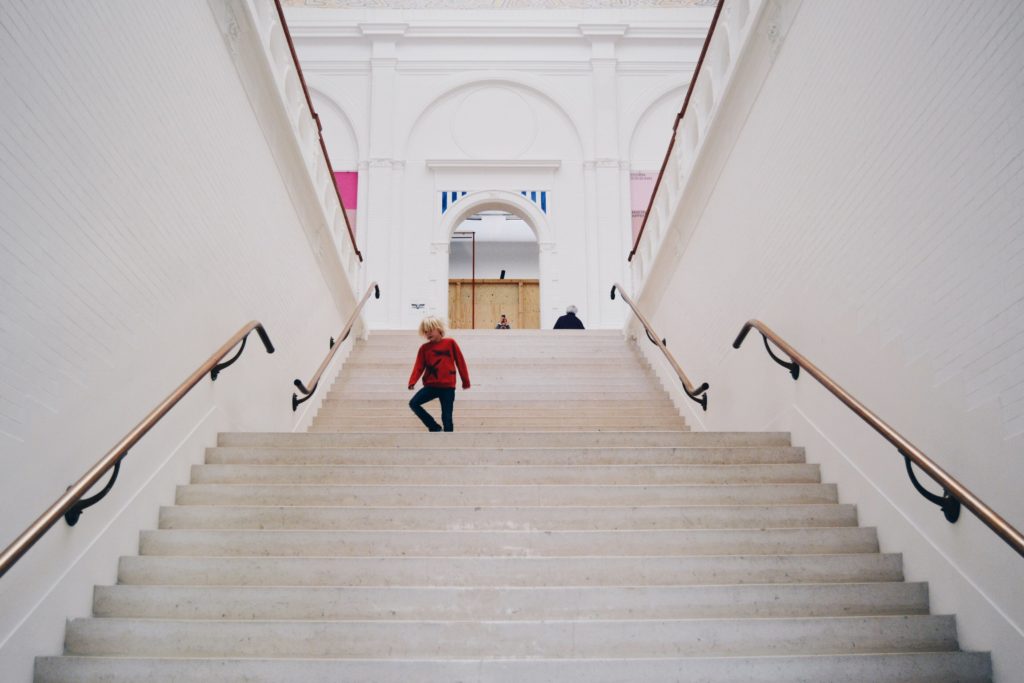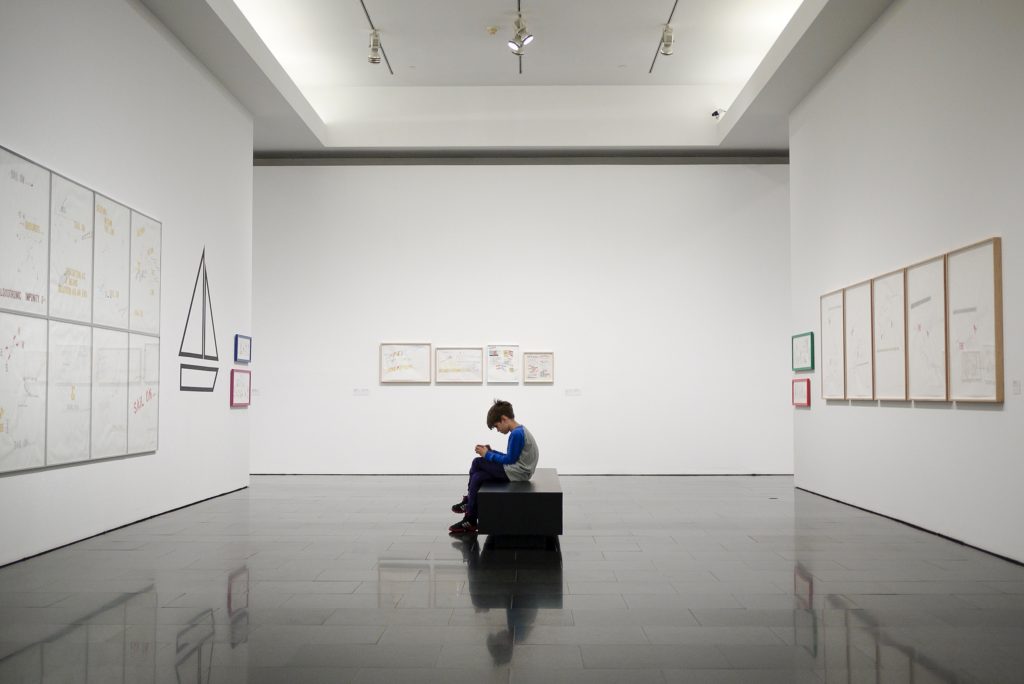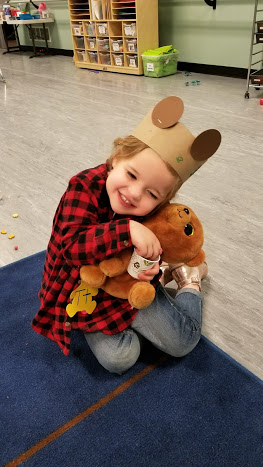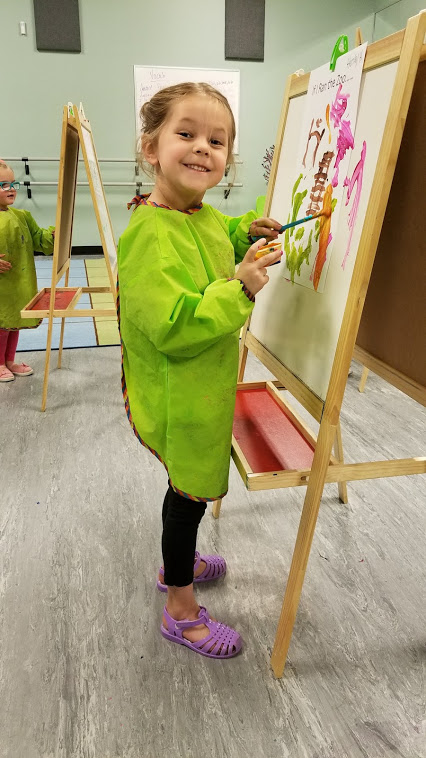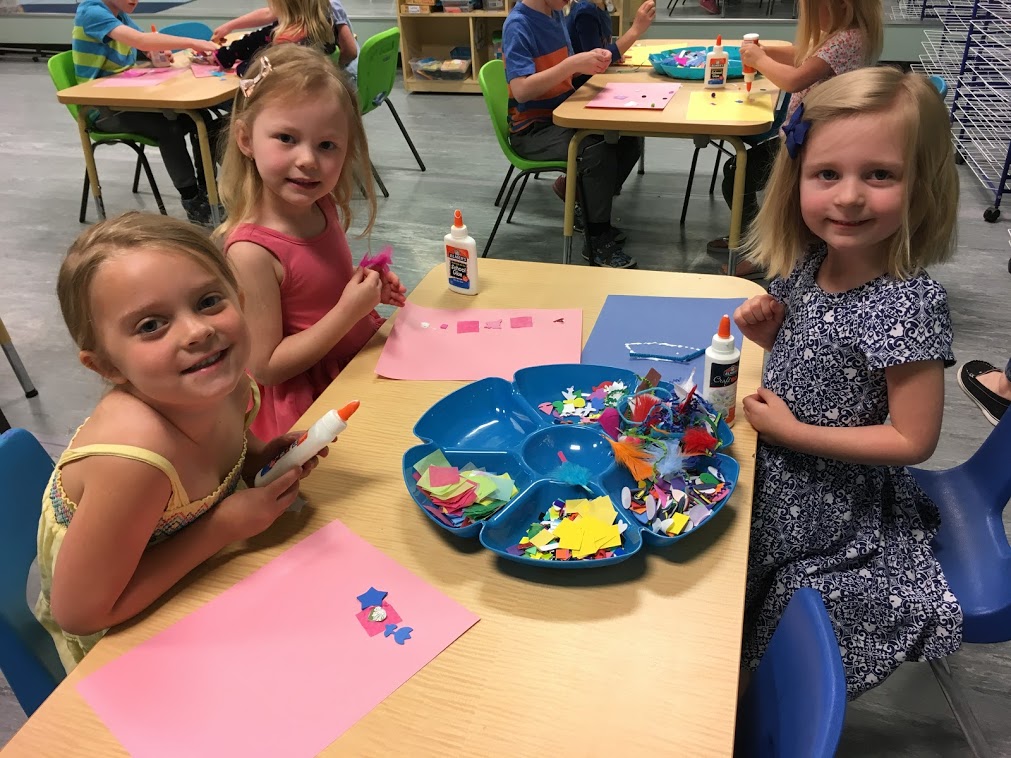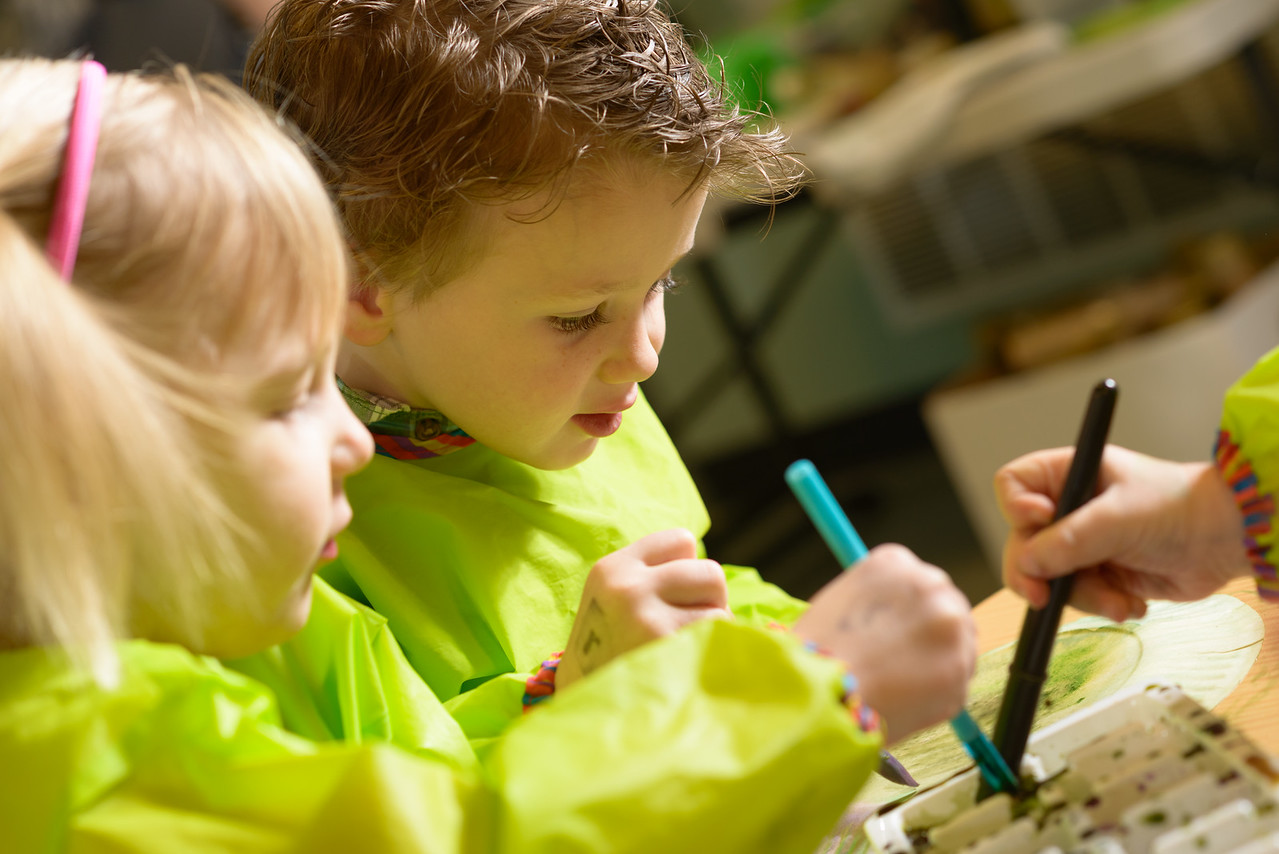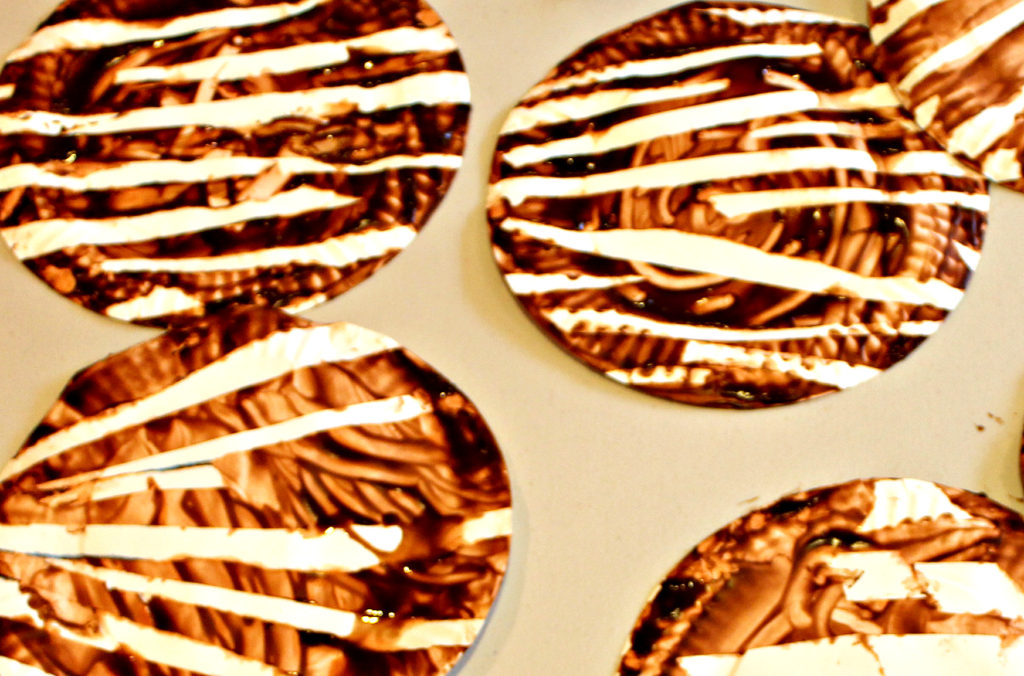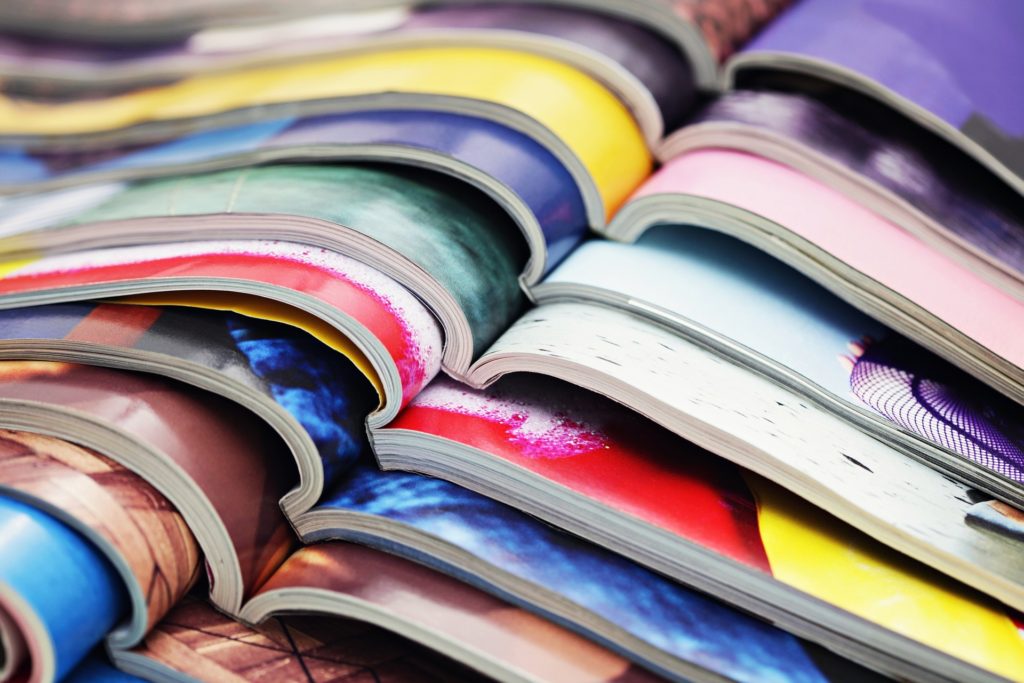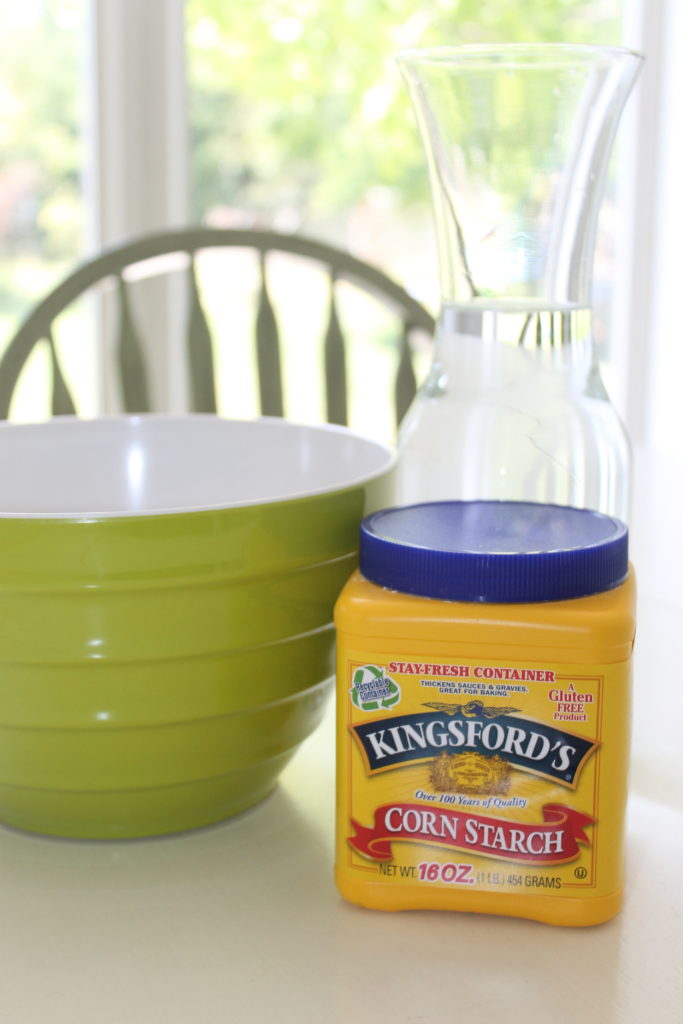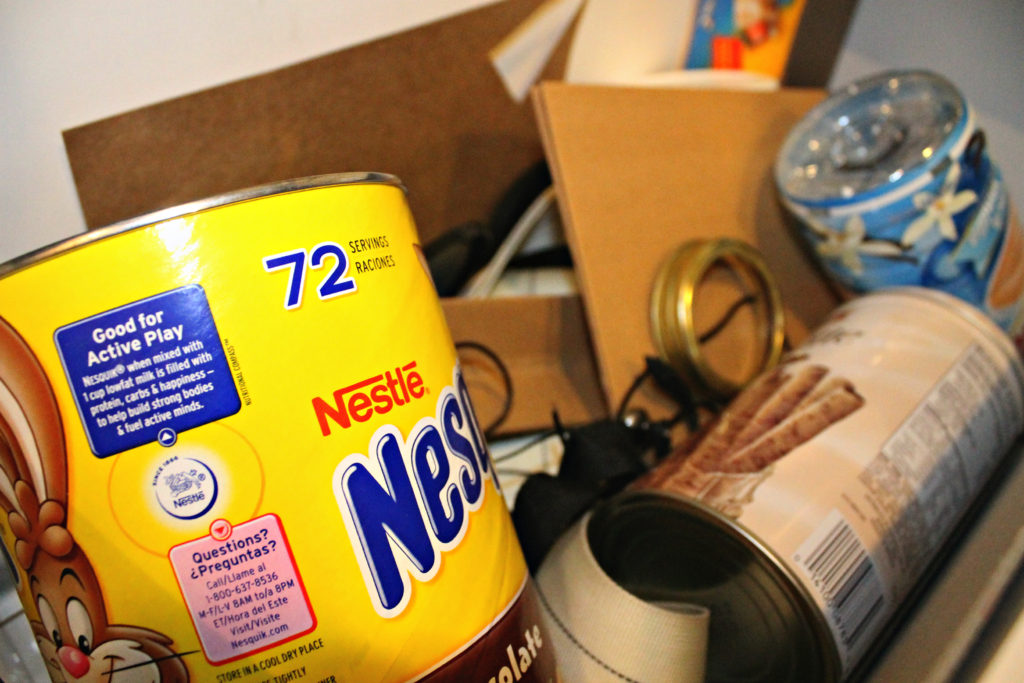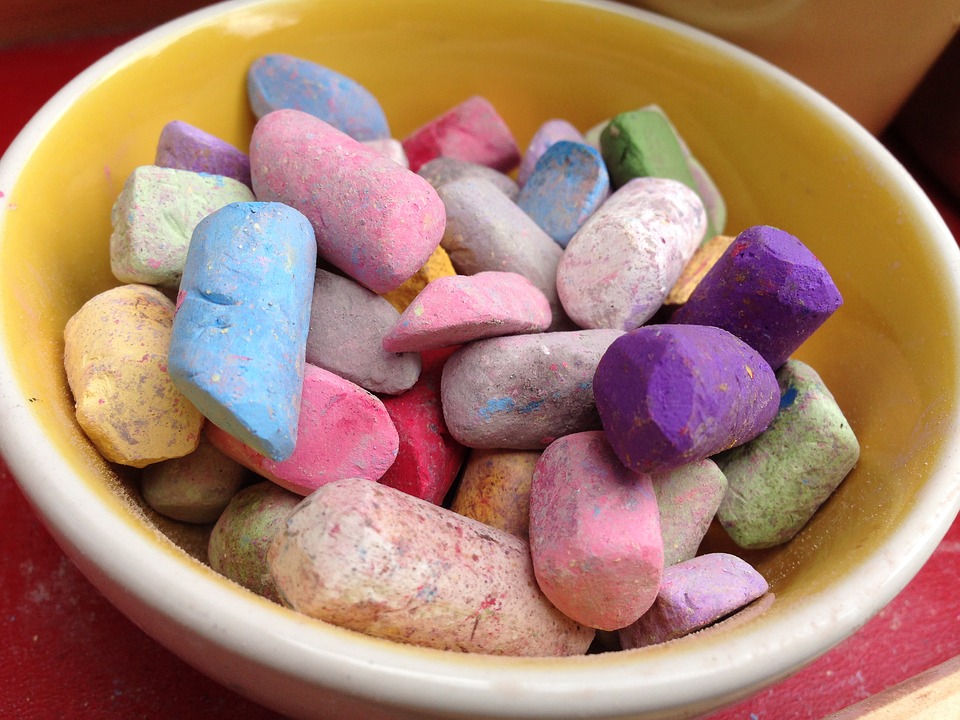Preschoolers are fascinated by vehicles. And transportation activities for preschoolers can actually help teach important concepts, like letters, numbers, cooperation, planning, and more.
Whether your kiddo is obsessed with tractors, trains, or trucks, these 10 transportation activities for preschoolers will give you something to do on a lazy afternoon while boosting important preschool skills.
1. Chairs, Chairs, Chairs
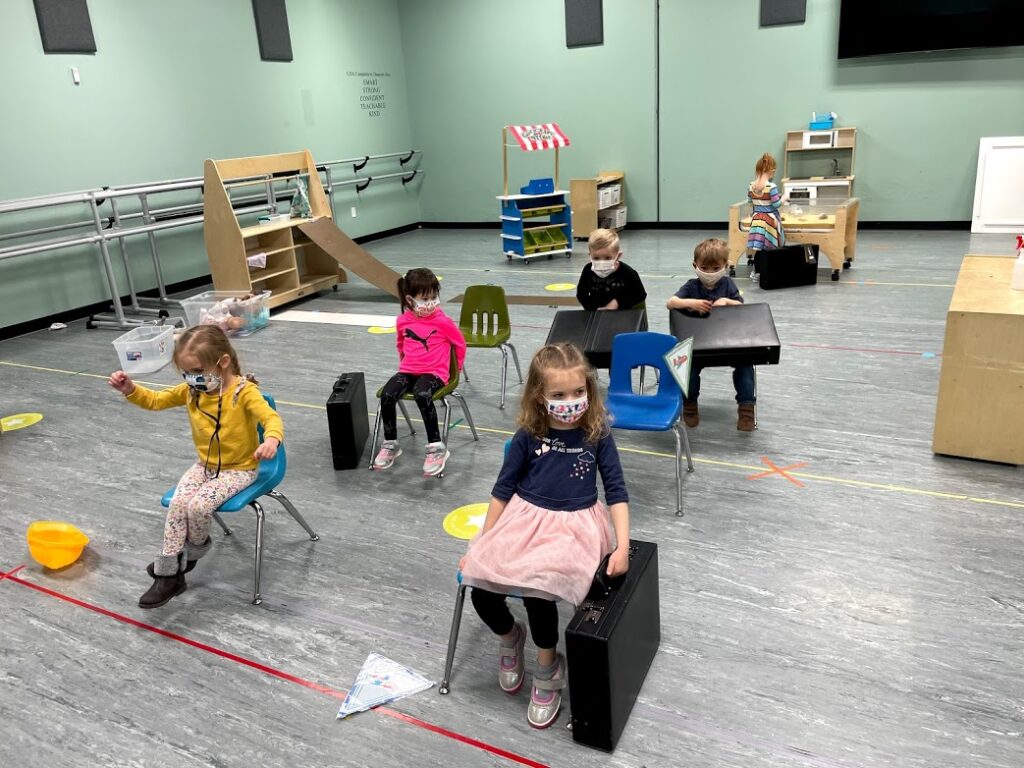 Let your preschooler rearrange the kitchen chairs to create a world of pretend transportation. Line the chairs up in a row to create a train, add aisles for an airplane, or create a replica of the family car.
Let your preschooler rearrange the kitchen chairs to create a world of pretend transportation. Line the chairs up in a row to create a train, add aisles for an airplane, or create a replica of the family car.
Grab a few props from around the house — a suitcase, dress-up clothes, backpack, books for the flight, cardboard IDs for check-in, and more. Your child will have a great time playing pretend, but they’ll also be building vocabulary, increasing planning skills, and strengthening their imagination.
{Read: Why Your Child Needs Pretend Play}
2. Workin’ at the Carwash
A carwash sensory bin is a great backyard activity for a hot day, or a perfect kitchen-sink activity when it’s too cold to play with water outside.
Fill up a tub with soapy water, give your child some cleaning items (washcloth, brush, toothbrush), and let them give their toy cars a carwash. This sensory activity helps their brain create stronger connections, develops motor skills, builds imagination, and more.
[Read: The Benefits of Multisensory Learning]
Another fun sensory bin transportation activity for preschoolers is to make a construction sensory bin with sand, gravel, and rocks.
3. Make a Steering Wheel
Use construction paper or cardboard to make your own steering wheels, and then let your child use the wheel in their play. Have them bring their steering wheel along on car rides so they can backseat drive!
4. Active Transportation Activities for Preschoolers
Get your preschooler moving by teaching them to use their body as transportation in their pretend play. They can “fly” around the room as airplanes by putting their arms out to their sides. Crawling on the floor, they can use an arm to scoop up toys as they pretend to be a tractor (this could be helpful during cleanup time too!).
5. Car Painting
Have your child express themselves creatively with the transportation theme by painting with toy cars. Using washable paint, let your child use plastic toy cars as paintbrushes on their canvas. This will build creativity, reinforce the concept of cause-and-effect, and build fine motor skills.
6. Pull Out the Sleds
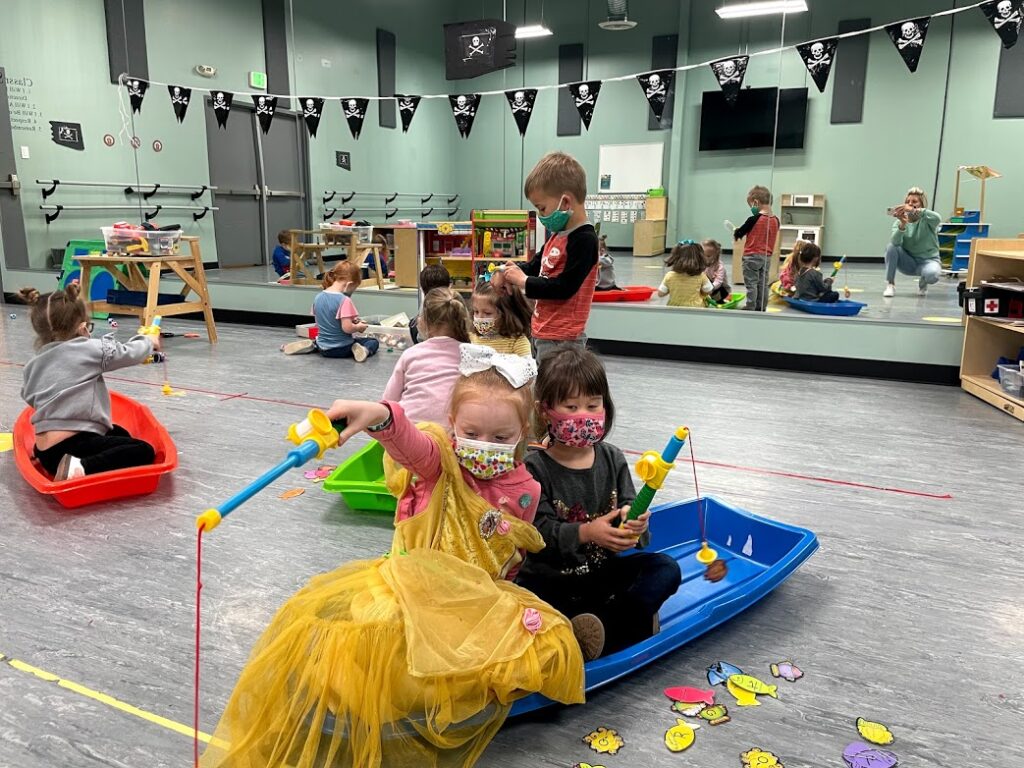 You might have some fun transportation props sitting in your garage. For example, a sled can make a fun boat on your living room floor. Your preschooler can take the lead in pretending where that boat is headed — is it going on a fishing trip, heading across the ocean to another continent, or ferrying stuffed animals across a river?
You might have some fun transportation props sitting in your garage. For example, a sled can make a fun boat on your living room floor. Your preschooler can take the lead in pretending where that boat is headed — is it going on a fishing trip, heading across the ocean to another continent, or ferrying stuffed animals across a river?
Let your child’s imagination drive this activity.
7. A City on the Floor
You might already have a rug with roads, buildings, and stop signs. These are great tools for imaginative play. But if you don’t have one, build one with your child.
Use masking tape to create roads. If your child wants a more-involved city, you can build buildings out of cardboard, toilet paper rolls, and more.
8. Make a Parking Lot
Use a cardboard box to make a parking lot for your child’s toy cars.
This is a great way to practice numbers or letters. Label each parking spot with a number or letter, and then label each car with a corresponding number or letter. Ask your child to park each car in its coordinating parking spot.
You can increase the challenge by asking them to park their car in the spot that is “plus 1” or “minus 1” from their car’s number.
9. Make Vehicles out of Shapes
Cut out triangles, squares, circles, and rectangles (or have your child do it), and then use those shapes to create vehicles. The vehicles can look like real vehicles, or your child can make up their own.
10. Visit Big Vehicles
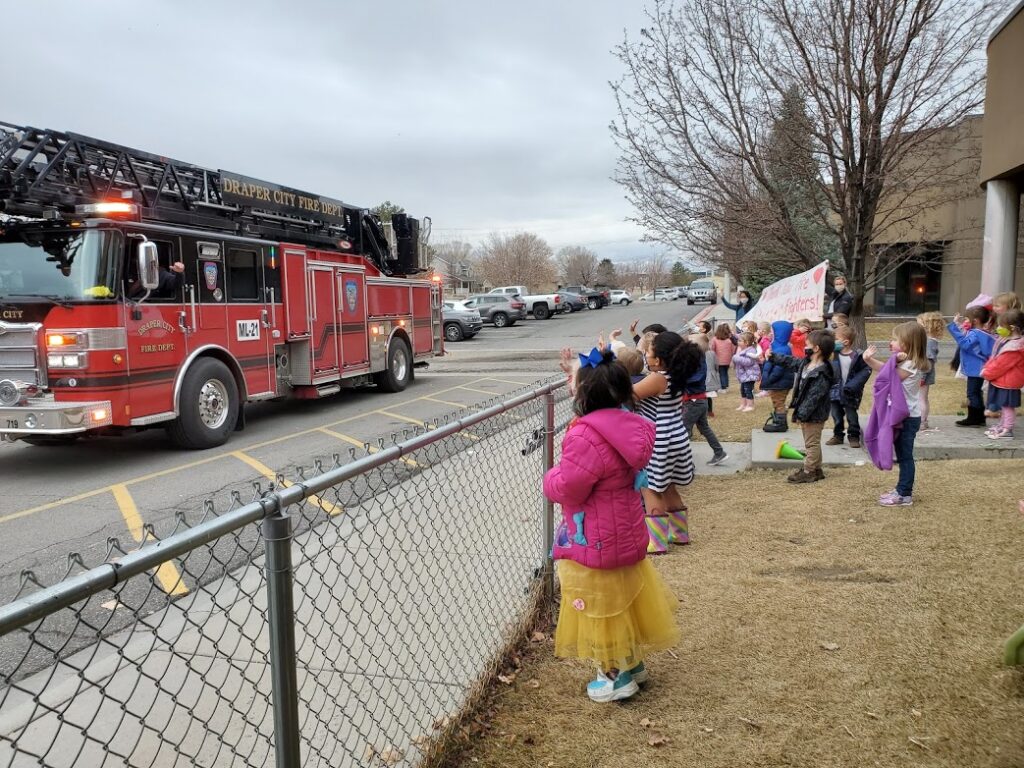 Take your preschooler to a construction site or fire station to let them observe big vehicles. What colors does your child see? How are the vehicles the same as your family car? How are they different? What sounds do the vehicles make? What features help the vehicles get their jobs done?
Take your preschooler to a construction site or fire station to let them observe big vehicles. What colors does your child see? How are the vehicles the same as your family car? How are they different? What sounds do the vehicles make? What features help the vehicles get their jobs done?
At UDA Creative Arts Preschool in Salt Lake City, thematic pretend play helps us teach reading, writing, science, social studies, and so much more. Learn about our curriculum. Call us at (801) 523-5930 for a tour.

